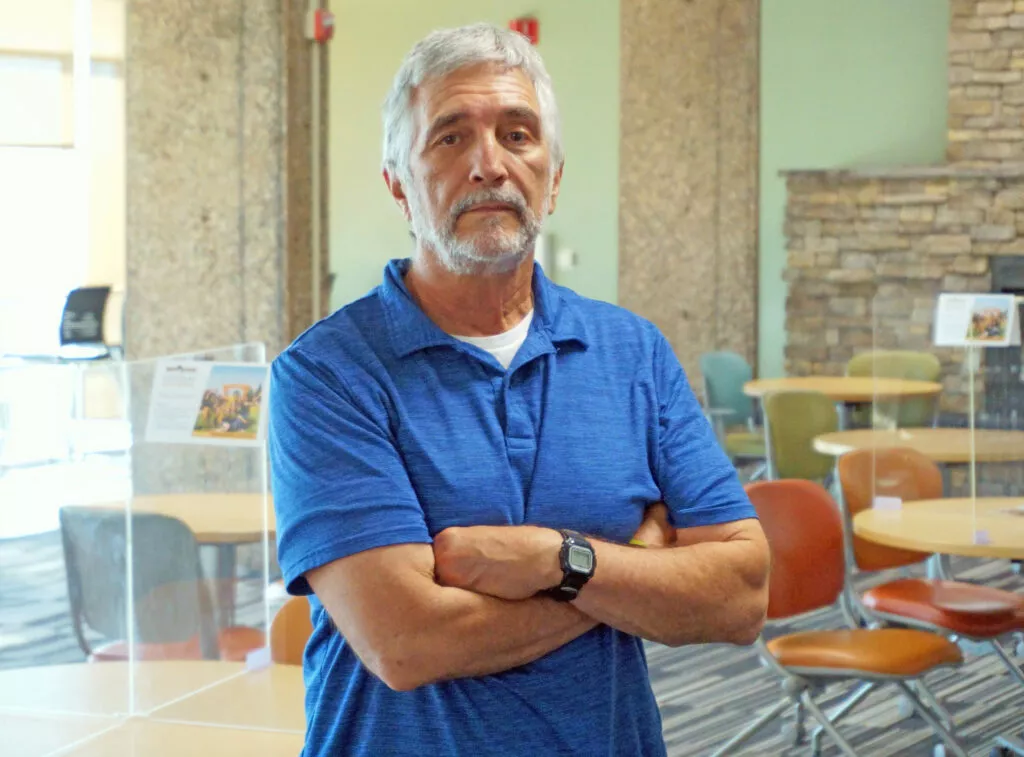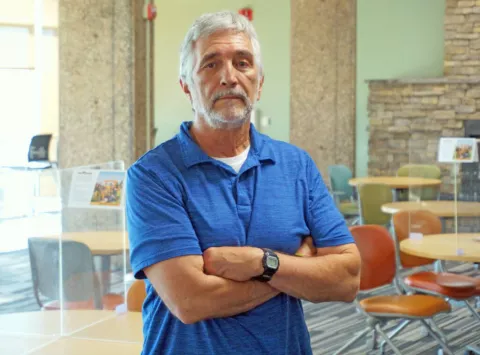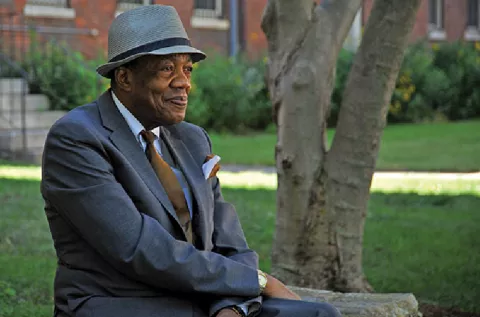
Key Takeaways
- With low pay and little access to employer-provided benefits, contingent faculty are struggling to get essential healthcare and cover the rising cost of food and rent.
- Non-tenure-track faculty who belong to unions fare better than those who don't. But even with a union, life as an adjunct can be grim.
- The higher education system has become increasingly dependent on temporary labor: nearly 70% of U.S. faculty members held a contingent position in fall 2021, up from 47% in 1987.
It’s been nearly a decade since Margaret Mary Vojtko’s death became a rallying cry for exploited faculty. Vojtko, a longtime adjunct professor at Duquesne University, died on a street corner after suffering a cardiac arrest. Two weeks later, her lawyer published an opinion piece in the local paper, faulting the university for failing to help Vojtko in her later years, when she was struggling to afford her cancer treatment.
Part-time faculty across the country were enraged—and the discussion around Vojtko’s death brought new attention to the working conditions of adjunct academics. Yet little has changed since her passing.
The horror stories of non-tenure-track faculty still abound in academia. And, as the higher education system becomes increasingly dependent on temporary labor (nearly 70% of U.S. faculty members held a contingent position in fall 2021, up from 47% in 1987, according to a report by AAUP), the problem is only becoming more urgent.
With low pay and little access to employer-provided benefits, contingent faculty struggle to get essential health care and cover the rising cost of food and rent. They are expected to teach with little institutional support, no job security, and limited access to basic resources, like laptops and office space.
Faculty who belong to unions fare better than those who don’t: in their last contract, City University of New York adjuncts won a 71% increase in minimum pay. And the last Coalition of Academic Workforce survey found that unionized adjuncts are paid about 25 percent more than non-union adjuncts. But even with a union, life as an adjunct can be grim.
Despite the challenges they face, many instructors in contingent positions are exceptional educators: they have advanced degrees, care deeply about their students, and make enormous sacrifices to carve out time to meet with students face-to-face. Still, the higher education system treats them as disposable.
Here are some of their stories.



